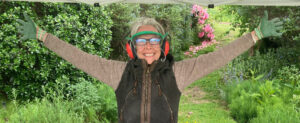
Many carvers are intimidated by the difficulty of sanding and polishing basalt. This is entirely unnecessary. Soon you too will discover that deep space, raven’s wing glow within your own dark and crusty igneous chunks. Basalt is in fact very easy to finish if you follow these eight easy steps:


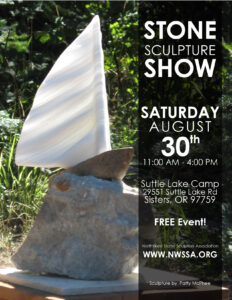
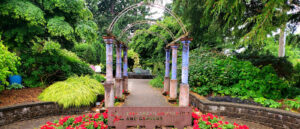
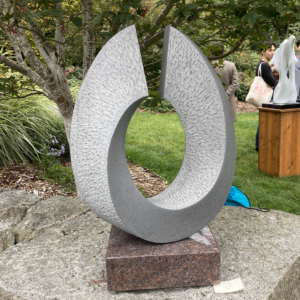
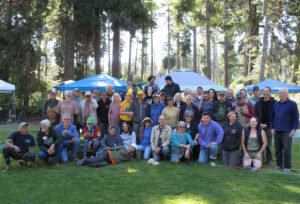



We need some kind of descriptive text here.